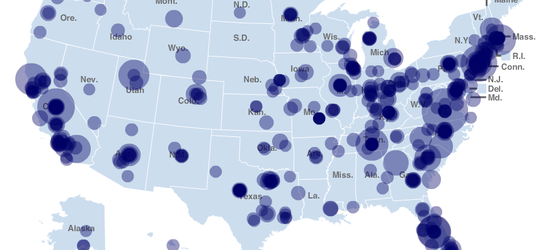Video: Robots and remote doctor visits -- telemedicine updates (CES 2015, interview, Double Robotics)
Telemedicine is rapidly advancing. The Mayo Clinic, Kaiser, and other health providers are already in testing to see how doctors can use sleek, rolling telemedicine robots to conduct remote patient interactions and allow for better visual diagnosing. In this video, the company Double Robotics walks us through how the robots look, move, and operate (via an iPad) and how they are already being used in clinical settings today.




